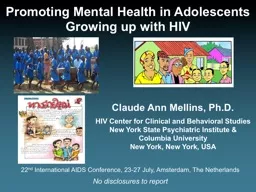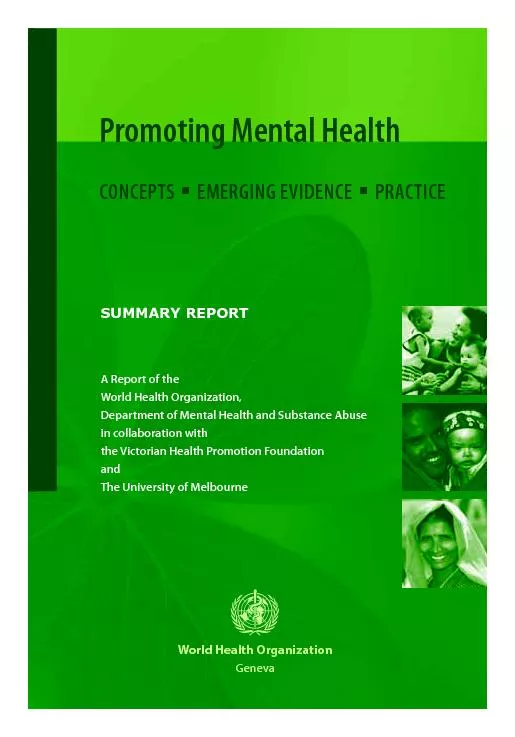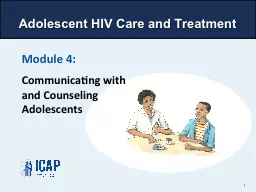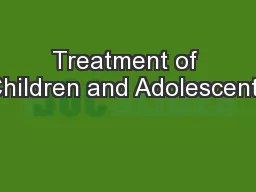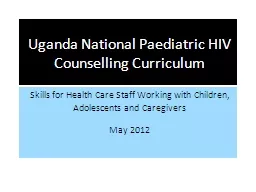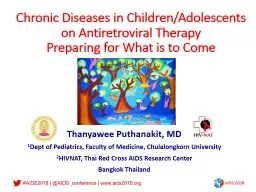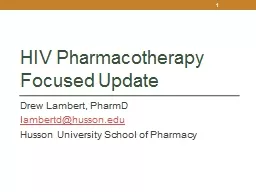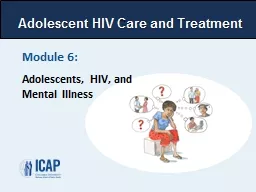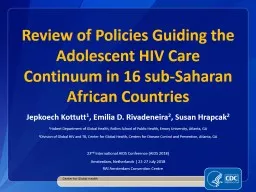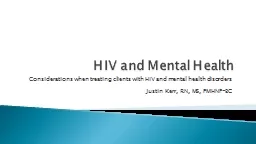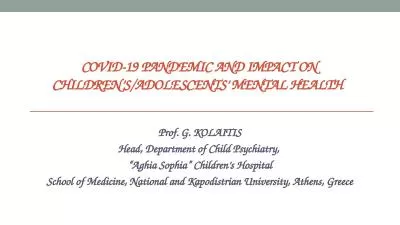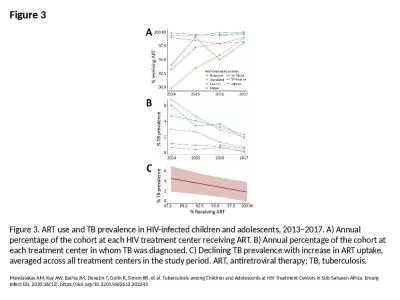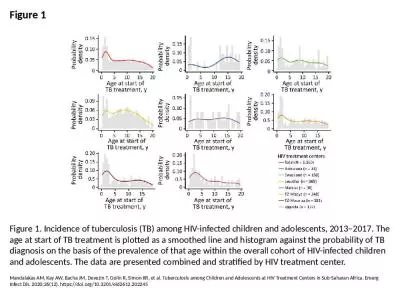PPT-Promoting Mental Health in Adolescents Growing up with HIV
Author : crashwillow | Published Date : 2020-08-28
Claude Ann Mellins PhD HIV Center for Clinical and Behavioral Studies New York State Psychiatric Institute amp Columbia University New York New York USA 22 nd
Presentation Embed Code
Download Presentation
Download Presentation The PPT/PDF document "Promoting Mental Health in Adolescents G..." is the property of its rightful owner. Permission is granted to download and print the materials on this website for personal, non-commercial use only, and to display it on your personal computer provided you do not modify the materials and that you retain all copyright notices contained in the materials. By downloading content from our website, you accept the terms of this agreement.
Promoting Mental Health in Adolescents Growing up with HIV: Transcript
Download Rules Of Document
"Promoting Mental Health in Adolescents Growing up with HIV"The content belongs to its owner. You may download and print it for personal use, without modification, and keep all copyright notices. By downloading, you agree to these terms.
Related Documents

